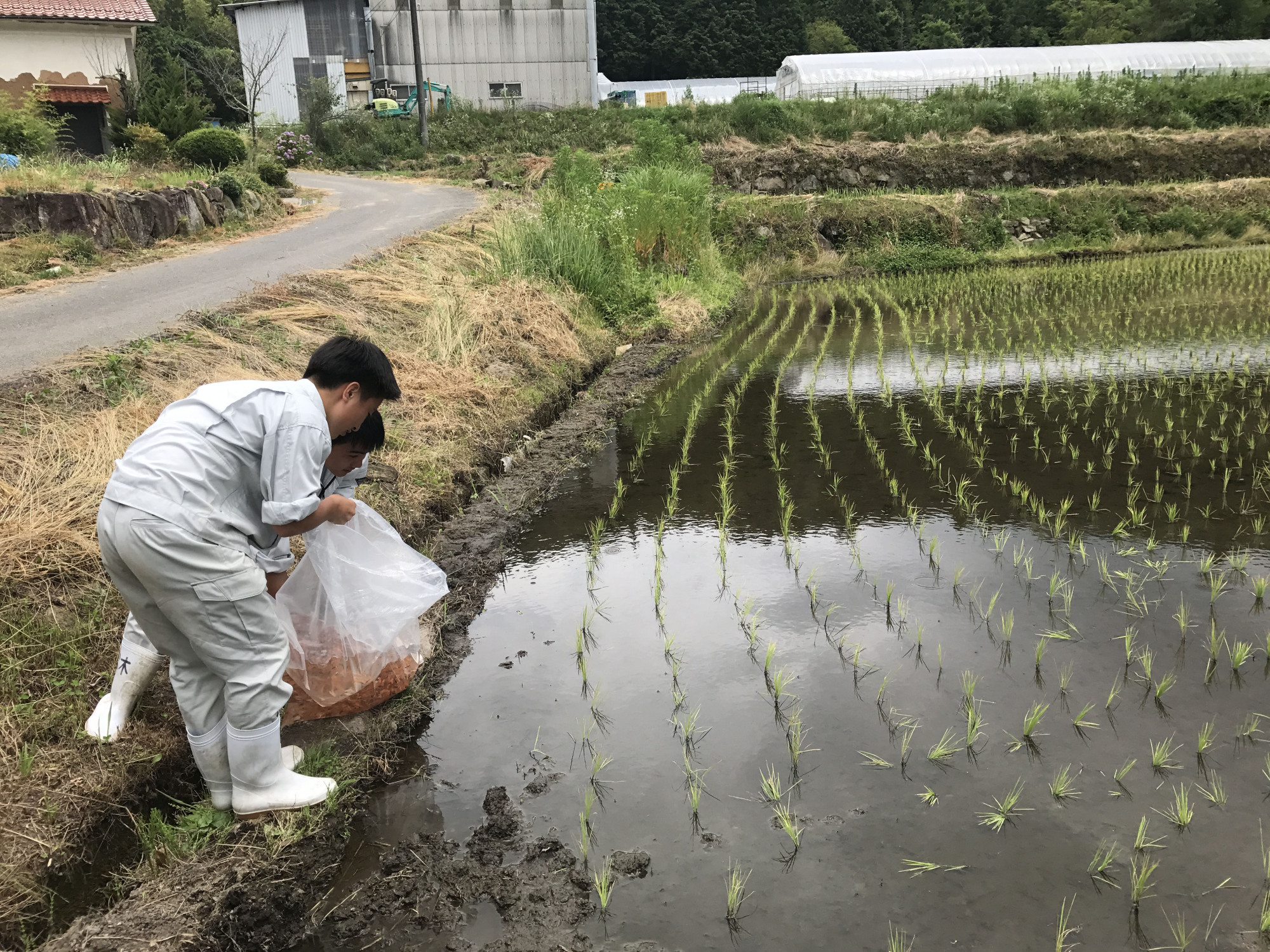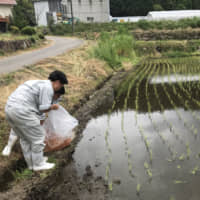The finals of the 7th AEON Eco-1 Grand Prix environmental competition for Japanese high school students were held at Tokyo Big Sight in the city's Koto Ward on Dec. 8. Again, as in previous years, I was among the judges examining entries and selecting winners of the annual prizes awarded by the Chiba-based multinational's 1% Club Foundation and the Mainichi national newspaper.
The foundation has operated since 1989, when major companies in the AEON group, Asia's largest retailer, began setting aside 1 percent of their pre-tax profits to donate to environmental and educational activities.
I'm delighted to say that one of its beneficiaries for the past three years has been one of our own Afan Woodland Trust's programs. That sees us bringing elementary school children from radiation-troubled areas of Tohoku in northeastern Honshu to play and learn from nature under our staff's supervision amid the trust's beautiful forests and streams outside Kurohime in the Nagano Prefecture hills.
Back at the Big Sight event, however, the leading awards include a Grand Prix, The Prime Minister's Prize, The Minister of Education's Prize and, believe it or not, The C. W. Nicol Prize. I was really impressed by the students, and how they look at society and the world, and I just hope they don't lose their enthusiasm and passion when they go to university.
This year a major concern for them was the mounting problem of marine garbage, especially microplastics, and one of the prizes was awarded for a detailed study of where in our region it all comes from. The answer, it seems, is that almost all Asian countries are to blame, but especially China and South Korea.
Another major concern was how to deal with organic waste. One school came up with a system to turn the leftover bark and cuttings from milled Japanese cedar logs into easy-to-carry mats to replace the ugly black plastic sheets used to suppress weeds. As a bonus, the mats also help to conserve water by reducing evaporation, and they can be reused before eventually decomposing and turning into organic compost. The study came up with the design of machinery to make the mats as well as the overall cost.
Another prize was awarded for efforts to harvest and use the huge number of golden-yellow biwa (loquat) now being left on trees because of the aging rural population. In this case, the students turned the fruit into jams, jellies and liquor and also used it in their Nagasaki hometown's popular specialty Castella (kasutera) sponge cakes.
Meanwhile, the C. W. Nicol Prize went to students of Sera High School in Sera, Hiroshima Prefecture. Although the Hiroshima Toyo Carp baseball team is well known to sports fans, the area is less famous for its major role in breeding brocaded carp, the expensive multi-colored fish known as nishikigoi in Japanese that grace so many ponds around the world.
Though their common carp (Cyprinus carpio) ancestors were raised for food in China for millennia, about 1,000 years ago selective breeding to please the human eye was begun to create white, black, red, orange, yellow, blue and cream varieties, as well as others with combinations of colors. Since the fish were brought to Japan in the 1820s, though, this country has become the most famous source of decorative carp.
One reason they can cost so much — with a British fancier paying a record £100,000 (¥14.2 million) for a single specimen — is that only about 3 percent of the fry are kept when they are just a couple of centimeters long. All those not selected for their prized appearance are frozen and then incinerated.
To make better use of the tons of rejects, the Sera students' proposal was to release the fry into paddies where they could eat pests and weeds and allow farmers to cut down on pesticides and herbicides. Before harvesting, the paddies would be drained of water and the young fish, by now several times bigger, gathered up. Then, after transferring them to clean, aerated water to get rid of any muddy taste, the fish can be turned into a paste with added salt, and fermented to make a condiment like Vietnam's anchovy-based nuoc mam. Such sauces are common throughout Asia, so farmers would likely be well rewarded for their efforts, too.
Unfortunately, although the students and their teacher assured us their gyoshō (fish sauce) was very good, with a delicate flavor, we didn't actually get to taste it.
The trouble is, now I wonder if I will ever be able to look at brocaded carp swimming peacefully in a pond again without wondering how they might taste cooked with this sauce?




















With your current subscription plan you can comment on stories. However, before writing your first comment, please create a display name in the Profile section of your subscriber account page.